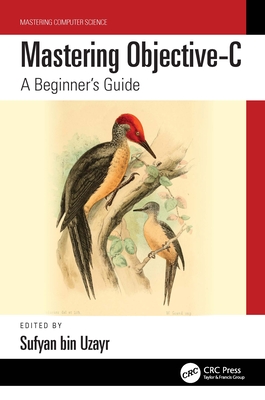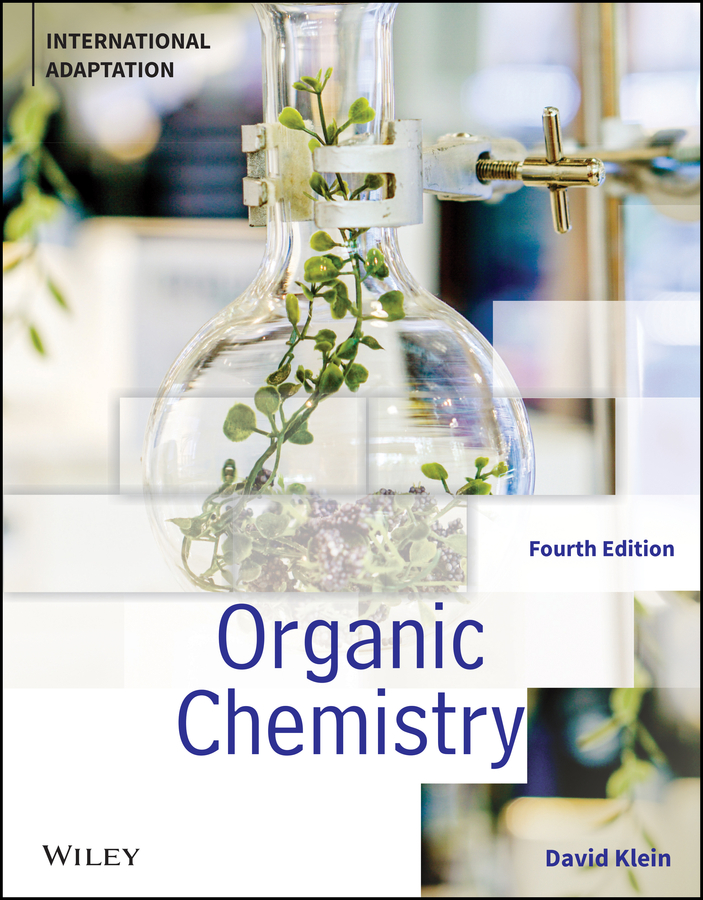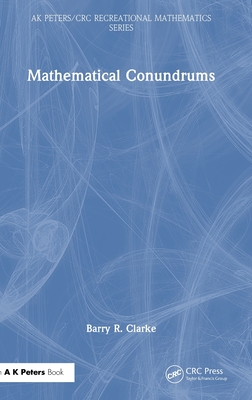图书简介
This century’s major disasters from Hurricane Katrina and the Fukushima nuclear meltdown to devastating Nepalese earthquakes and the recent crippling volcanic eruptions and tsunamis in Tonga have repeatedly taught that government institutions are ill-prepared for major disaster events, leaving the most vulnerable among us unprotected. These tragedies represent just the beginning of a new era of disaster – an era of floods, heatwaves, droughts, and pandemics fueled by climate change. Laws and government institutions have struggled to adapt to the scope of the challenge; old models of risk no longer apply. This Handbook provides timely guidance, taking stock of the field of disaster law and policy as it has developed since Hurricane Katrina. Experts from a wide range of academic and practical backgrounds address the root causes of disaster vulnerability and offer solutions to build more resilient communities to ensure that no one is left behind.
Part I. Critical Perspectives on the Evolution of Disaster Law and Policy: 1. Catastrophe is not the end but the beginning Donovan Finn; 2. The flood: Political economy and disaster Mari Matsuda; Part II. Effective Governance as an Imperative for Responsive Disaster Law and Policy: 3. Governance structures for recovery and resilience Susan L. Cutter; 4. Governance strategies for mitigating urban heat island effect Dawid Sześciło; 5. Regulatory institutional challenges to prevent mining dam disasters in Brazil Patricia Sampaio and Rômulo Sampaio; 6. Integrating disaster risk reduction and climate change Livhuwani David Nemakonde and Dewald van Niekerk; 7. Climate resilience in the greater bay area of South China Maria Francesch-Huidobro; 8. An adaptive legal framework for water security concerns in the Guangdong-Hong Kong-Macao greater bay area Ping Yu Fan and Kwok Pan Chun; Part III. Law’s Role in Promoting Hazard Mitigation: Intergovernmental, International, National, and Local Approaches: 9. Local resilience, land use law, and disaster planning John R. Nolon; 10. Financing city resilience Arthur C. Nelson; 11. Disaster, land use, and European Union law Juli Ponce; 12. Covid-19 and cooperation in times of disaster Matiangai Sirleaf; 13. Disaster recovery in rural communities Ann M. Eisenberg; 14. Wildfire federalism Stephen R. Miller; 15. A comparative review of hazard-prone housing acquisition laws, policies, and programs in the United States and Aotearoa New Zealand Gavin Smith and Wendy Saunders; 16. Urban transformation as a resilience strategy Asli Ceylan Oner and Haluk Özener; 17. How green cities prevent disasters? Wellington Migliari; 18. Constructing a resilient energy supply Shelley Welton; 19. Building a resilient power grid Robert R. M. Verchick; 20. Weaponizing private property and the chilling effect of regulatory takings jurisprudence in combating global warming Danaya C. Wright; Part IV. Private Sector Initiatives to Promote Disaster Resilience and Recovery: 21. Averting disasters through watershed policy advocacy Chinkie Peliño-Golle and Florence Chio Baula; 22. Insuring natural catastrophes in America Christopher French; 23. Corporate compliance and climate change Susan S. Kuo and Benjamin Means; Part V. Lawyers as Disaster Law and Policy Leaders: Training for Students and Guidance for Practitioners: 24. Creating blueprints for law school responses to natural disasters Jeffrey R. Baker, Christine E. Cerniglia, Davida Finger, Luz Herrera, and JoNel Newman; 25. Law and lawyers in disaster response Clifford J. Villa; Part VI. Cultural Heritage Protection and Cross-Disciplinary Opportunities for Advancing Disaster Law and Policy: 26. Scheduled monuments and sites at risk of coastal erosion Pernille Denise Frederiksen and Marianne Lindegaard Rasmussen; 27. Heritage-related disaster policy in the United States Sara C. Bronin; 28. Love for heritage in the time of Covid-19 Jack Tsen-Ta Lee; 29. Reflections on urban cultural heritage, public health, and public participation Ryan Rowberry; Part VII. Disasters and Vulnerable Communities: 30. After the storm Brie Sherwin; 31. Social construction of disaster survivors and displaced populations Alka Sapat, Arjola Belilaq, and Ann-Margaret Esnard; 32. From Covid-19 to climate change Cinnamon P. Carlarne; 33. Disasters and disability Lance Gable.
Trade Policy 买家须知
- 关于产品:
- ● 正版保障:本网站隶属于中国国际图书贸易集团公司,确保所有图书都是100%正版。
- ● 环保纸张:进口图书大多使用的都是环保轻型张,颜色偏黄,重量比较轻。
- ● 毛边版:即书翻页的地方,故意做成了参差不齐的样子,一般为精装版,更具收藏价值。
关于退换货:- 由于预订产品的特殊性,采购订单正式发订后,买方不得无故取消全部或部分产品的订购。
- 由于进口图书的特殊性,发生以下情况的,请直接拒收货物,由快递返回:
- ● 外包装破损/发错货/少发货/图书外观破损/图书配件不全(例如:光盘等)
并请在工作日通过电话400-008-1110联系我们。
- 签收后,如发生以下情况,请在签收后的5个工作日内联系客服办理退换货:
- ● 缺页/错页/错印/脱线
关于发货时间:- 一般情况下:
- ●【现货】 下单后48小时内由北京(库房)发出快递。
- ●【预订】【预售】下单后国外发货,到货时间预计5-8周左右,店铺默认中通快递,如需顺丰快递邮费到付。
- ● 需要开具发票的客户,发货时间可能在上述基础上再延后1-2个工作日(紧急发票需求,请联系010-68433105/3213);
- ● 如遇其他特殊原因,对发货时间有影响的,我们会第一时间在网站公告,敬请留意。
关于到货时间:- 由于进口图书入境入库后,都是委托第三方快递发货,所以我们只能保证在规定时间内发出,但无法为您保证确切的到货时间。
- ● 主要城市一般2-4天
- ● 偏远地区一般4-7天
关于接听咨询电话的时间:- 010-68433105/3213正常接听咨询电话的时间为:周一至周五上午8:30~下午5:00,周六、日及法定节假日休息,将无法接听来电,敬请谅解。
- 其它时间您也可以通过邮件联系我们:customer@readgo.cn,工作日会优先处理。
关于快递:- ● 已付款订单:主要由中通、宅急送负责派送,订单进度查询请拨打010-68433105/3213。
本书暂无推荐
本书暂无推荐













